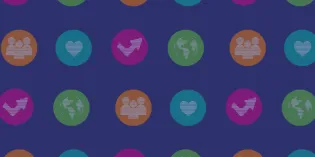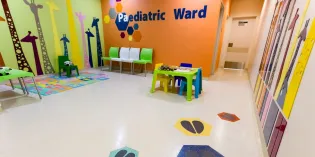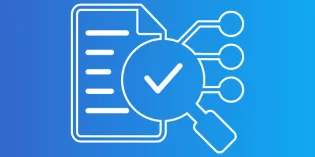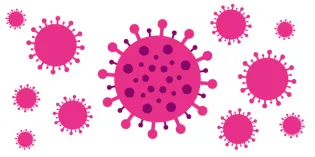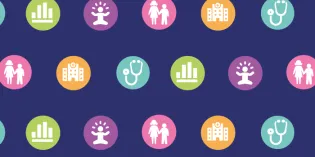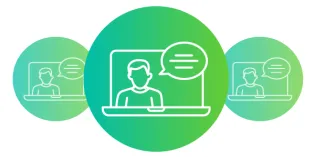Please note: This is a virtual course, facilitated online via Zoom.
- RCPCH member - Trainee, SAS doctor and AHP: £115
- RCPCH member - Consultant: £145
- Non-RCPCH member: £210
The course times are in Greenwich Mean Time (GMT)
Background
Over the last twenty years, the online environment has become an established part of everyday life. Children and young people may be using digital technology to participate in education, recreational activities and to connect with friends and family – for them, it’s just part of how they interact with the world.
However, it’s clear that this world is not without a spectrum of risks with a number of real-world implications affecting children and young people’s health and wellbeing.
This online course provides by providing an opportunity for in-depth analysis and discussion around key issues related to safeguarding in this environment.
Knowing the trends and having a better understanding of what's going on just helps the conversation with parents and young people flow a bit more easily.
Course aim
To equip paediatricians with an understanding of issues within the online environment that may have safeguarding implications for children and young people, and the skills to address them.
A lot of well-informed speakers. Eye opening!
Learning outcomes
By the end of this course, you will be able to:
- Describe national themes and trends of online behaviours that may have safeguarding implications for children and young people
- Recognise signs of common online behaviours in children and young people within the clinical setting
- Outline how to support children, young people and their families to maximise the benefits offered by the digital world whilst minimising the risks
I feel more confident in giving advice regarding digital safety.
Audience
- Paediatric trainees
- SAS doctors
- Newly qualified consultants
- General paediatricians
- Community paediatricians
- AHPs
Because of the focus on UK legislation, policy and practice, this course is best suited to paediatricians working in the UK.
Please also ensure you are up-to-date with standard safeguarding policies and procedures as these will not be covered in the course.
Excellent content for clinicians and other professionals who want an introduction to this area.
Technical requirements
- Windows or Mac computer (laptop/desktop or tablet)
- An internet connection – broadband wired or wireless (3G or 4G/LTE). Minimum bandwidth is 600kbps (up/down) and recommended is 1.5 Mbps (up/down)
- Microphone and speaker - either using:
- the built-in microphone/speaker
- a headset connected to your laptop/desktop or tablet
- Webcam - either using:
- the built-in webcam
- separate webcam connected to your laptop/desktop or tablet
Please note you will be required to download Zoom in order to participate fully in this course.




